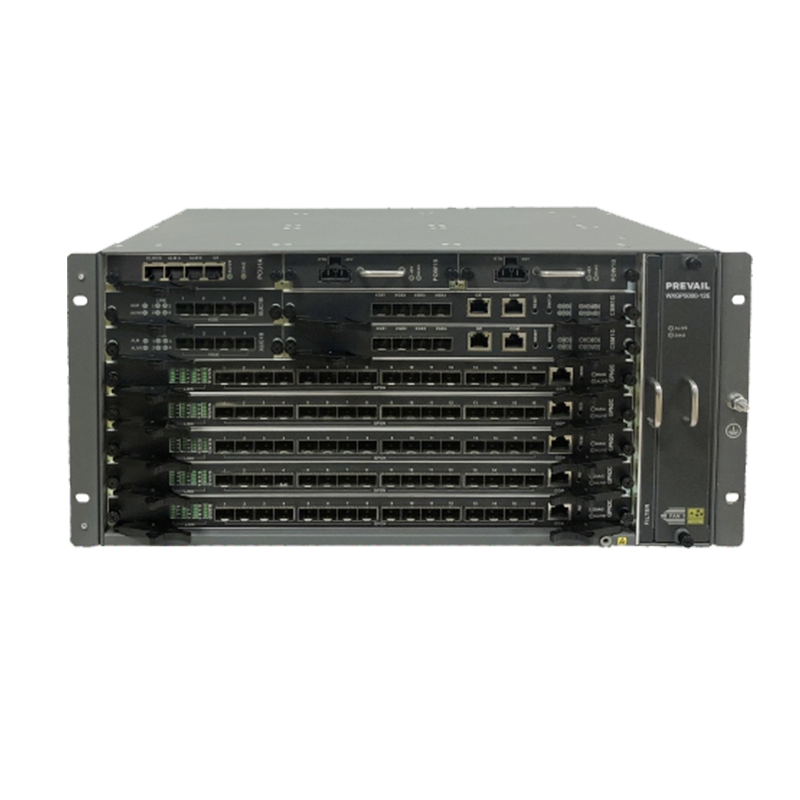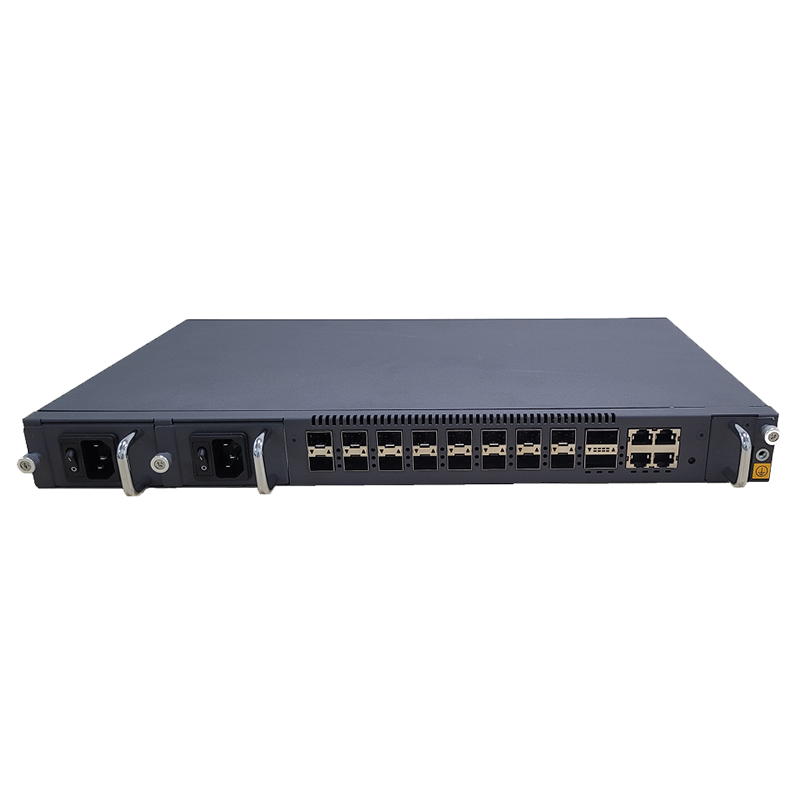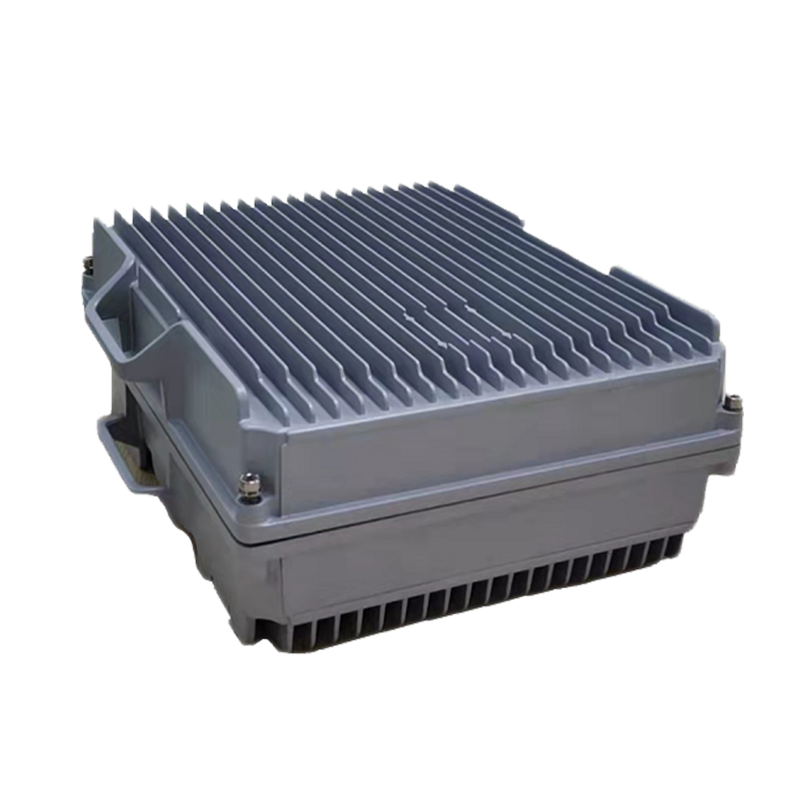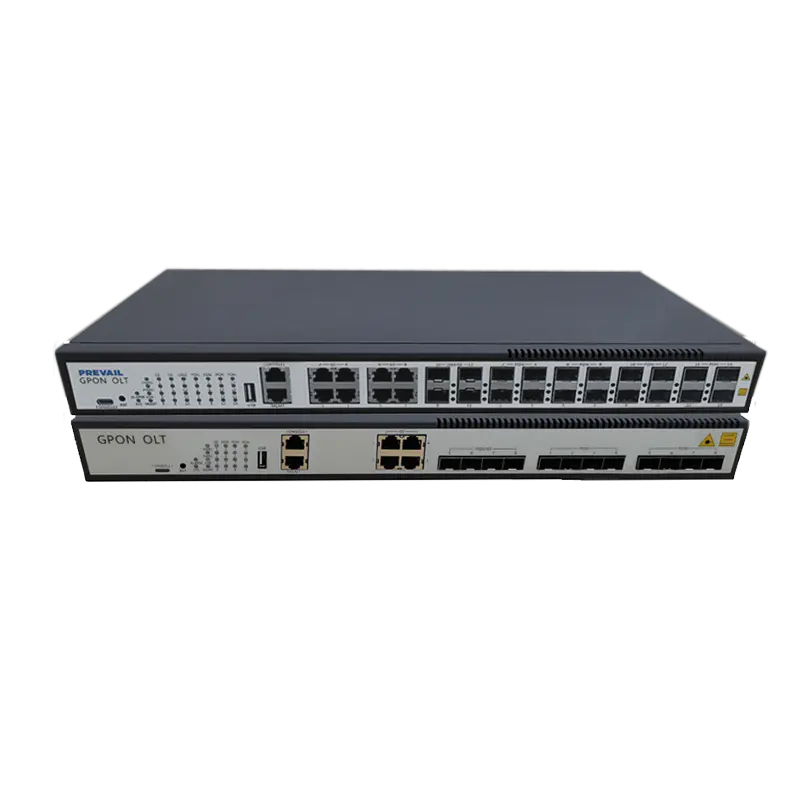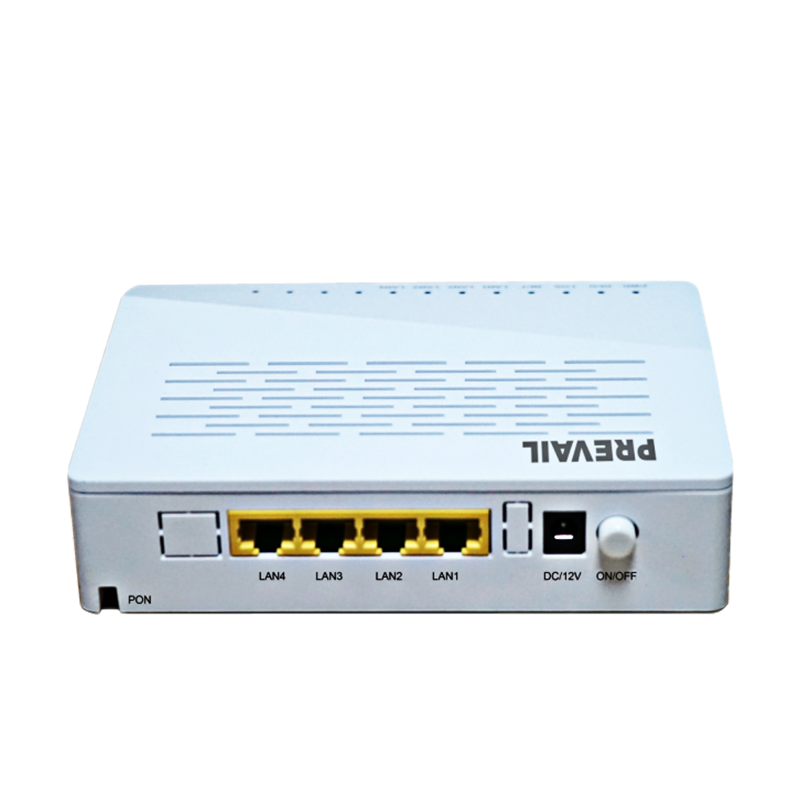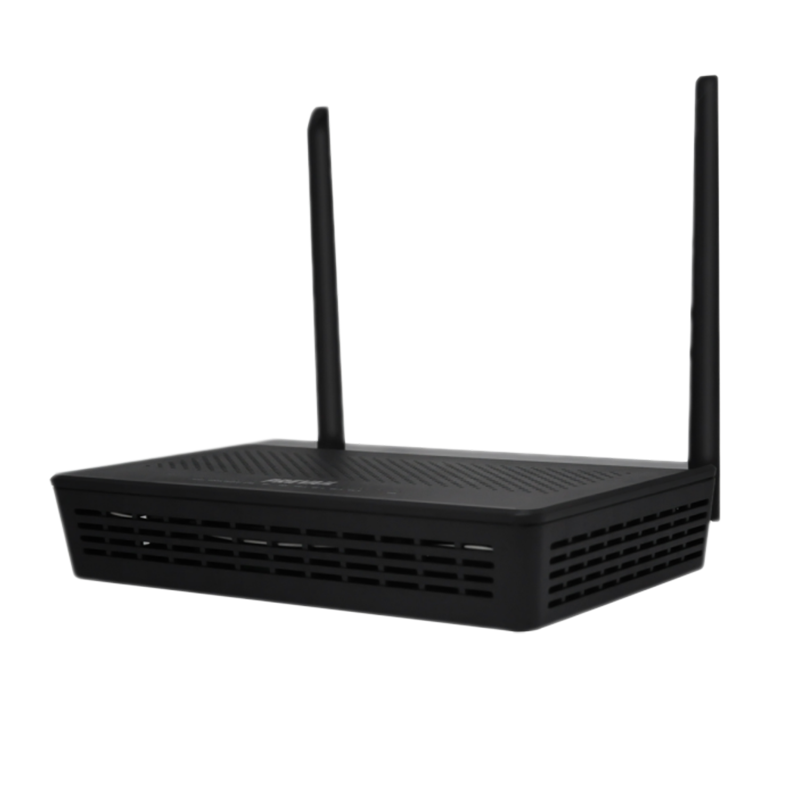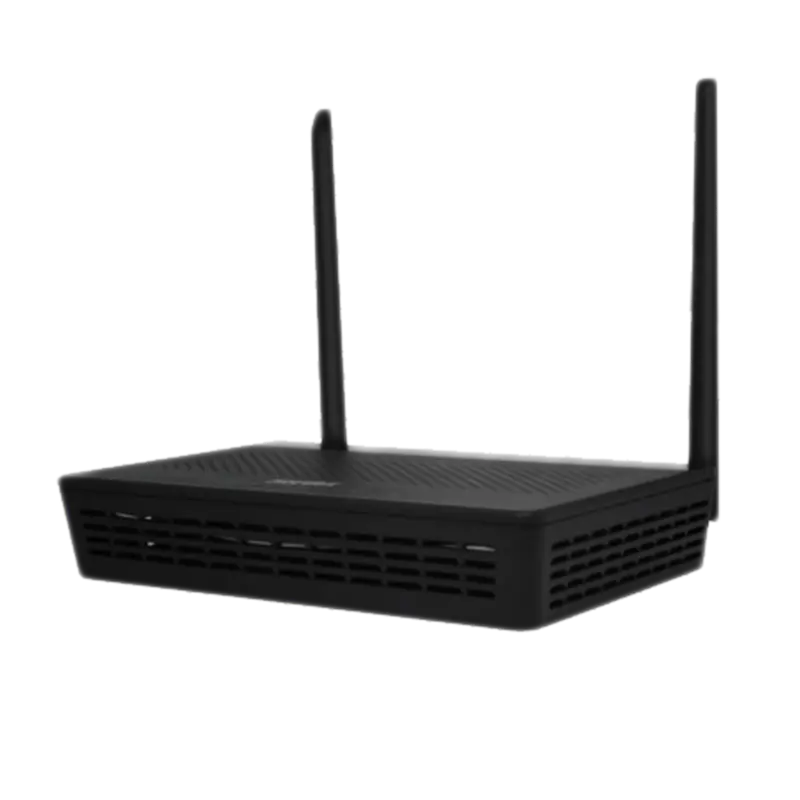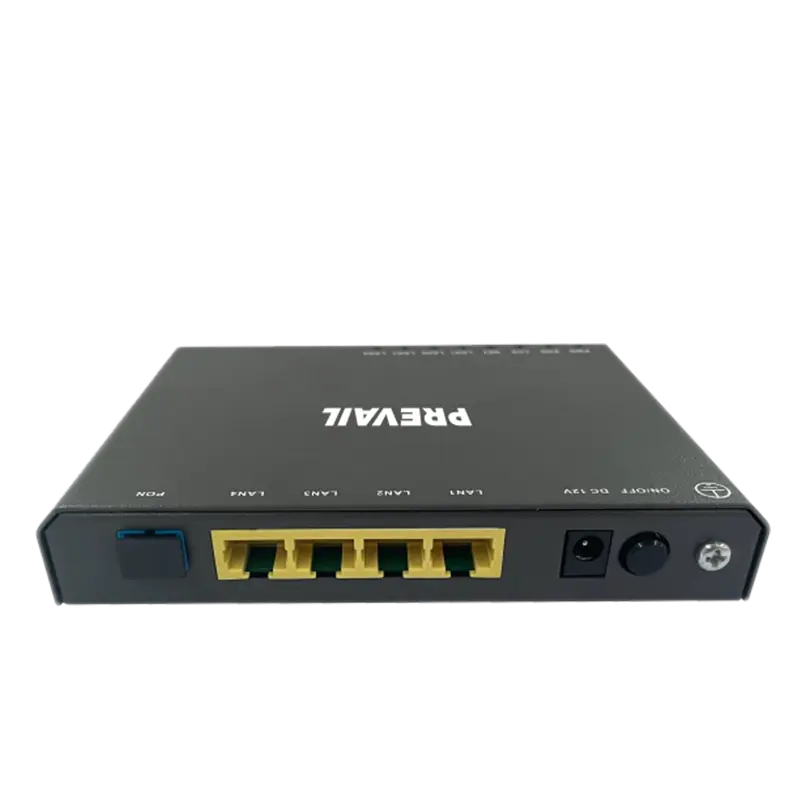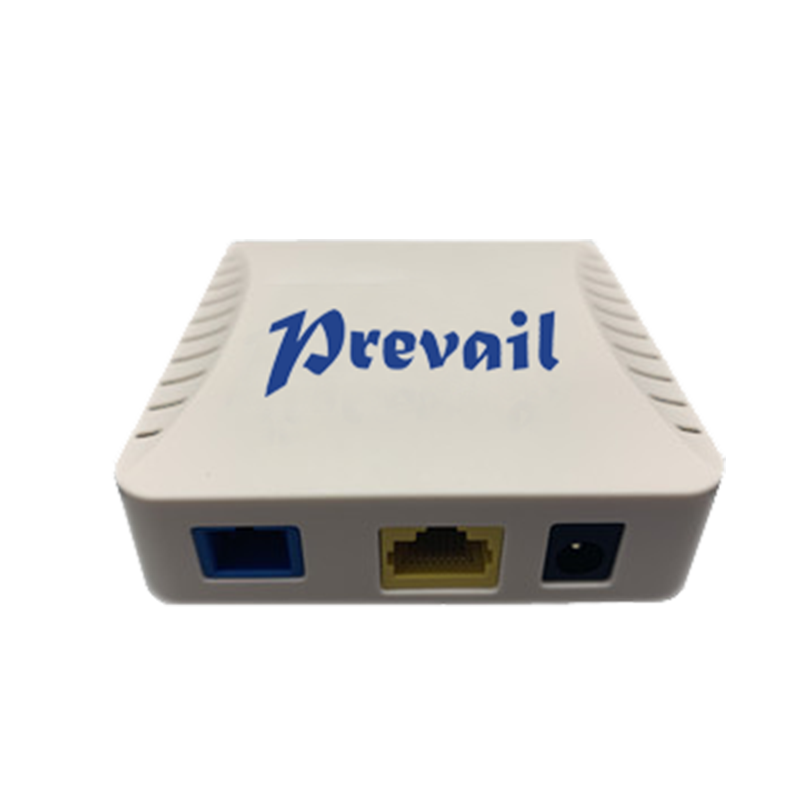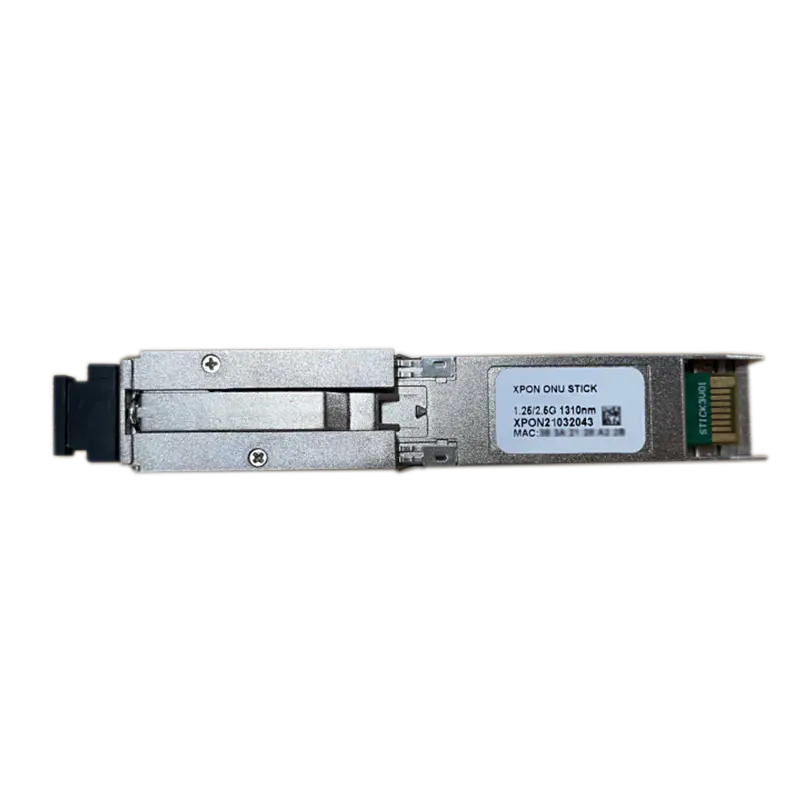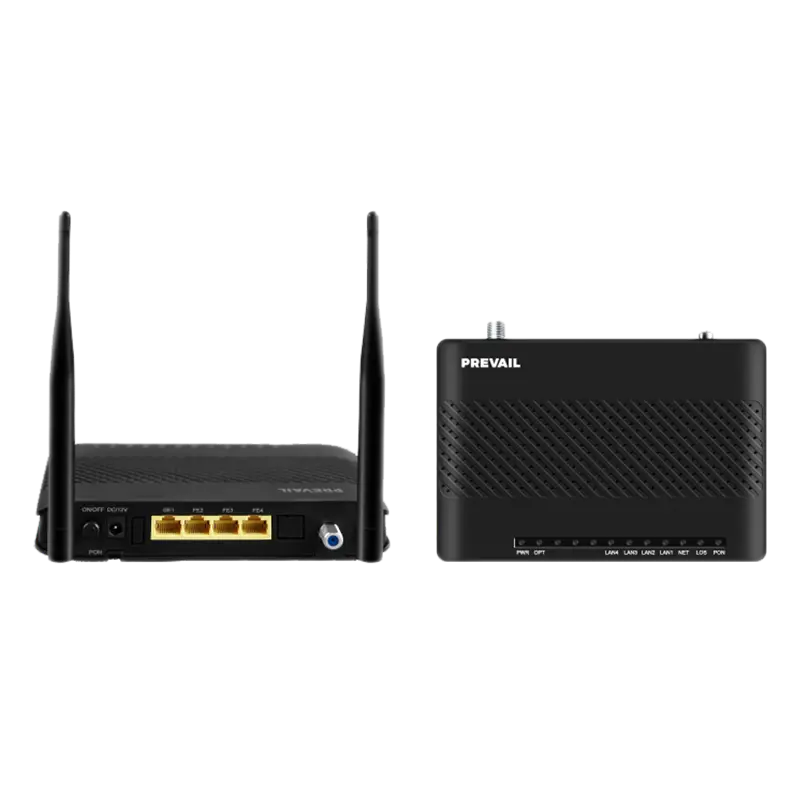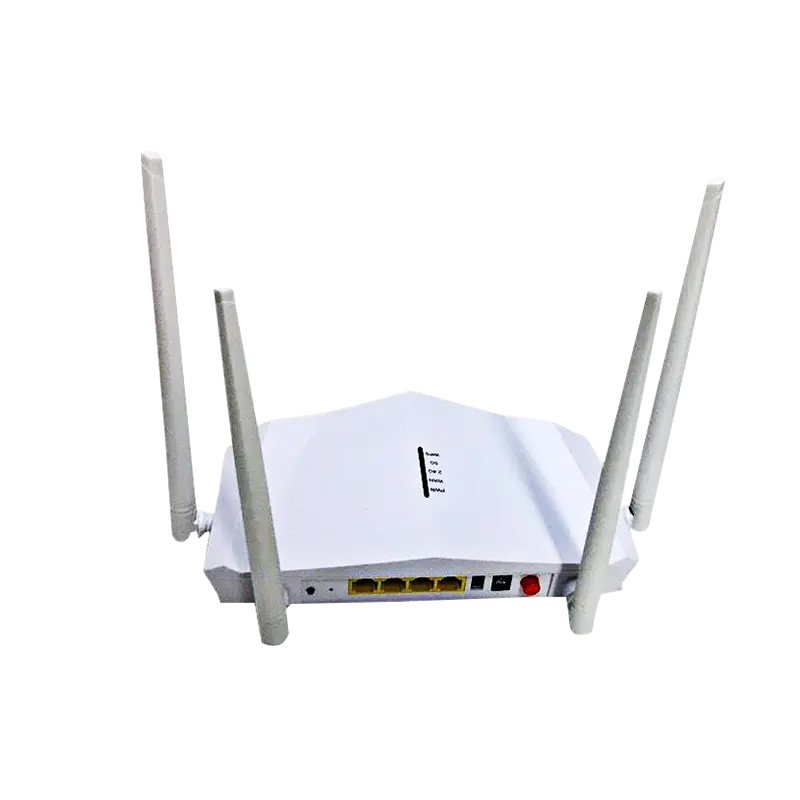How do indoor optical receivers improve the control accuracy and convenience of smart homes?
In modern smart homes and automation systems, indoor optical receivers are gradually becoming key components for accurate optical signal reception and control. It is widely used in remote control reception, lighting control, security monitoring, environmental perception and other fields, and is an important bridge for information interaction between people and devices.
The basic function of indoor optical receivers is to receive and convert optical signals of specific wavelengths (such as infrared or visible light) into electrical signals, thereby realizing remote control or automatic adjustment of electronic devices. For example, in a home TV or air conditioner remote control system, the optical receiver is responsible for receiving the infrared signal emitted by the remote control, decoding it and passing it to the main control chip to complete operations such as switching, temperature adjustment, and channel change.
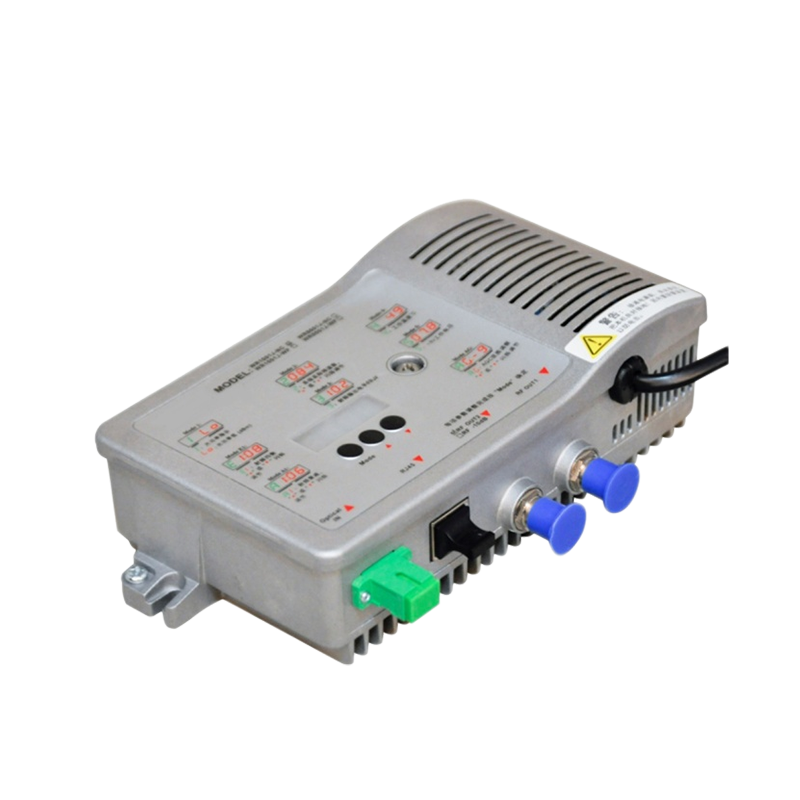
Compared with traditional mechanical buttons or wireless radio frequency control, optical receivers have the advantages of fast response speed, strong anti-interference ability, and easy installation. Especially in the intelligent light management, such as automatic dimming lamps or curtain control systems, optical receivers can sense the changes in indoor light intensity in real time, and cooperate with sensors to adjust the light source or sunshade device to achieve the best balance between energy saving and comfort.
With the development of the Internet of Things (IoT) and smart home technology, indoor optical receivers are also constantly upgrading. New receivers have higher sensitivity and wider receiving angles. Some products also support multi-protocol compatibility (such as infrared + Bluetooth + Wi-Fi), which can adapt to complex and changing home environments. In addition, the miniaturized design also makes it easier for such devices to be integrated into various electronic products, such as smart speakers, sweeping robots, smart door locks, etc.
It is worth noting that although the performance of optical receivers is superior, in actual applications, attention should still be paid to the selection of installation locations to avoid strong light or physical obstructions that affect the signal reception effect. At the same time, choosing high-quality, low-bit-error-rate products is also the key to ensuring the stable operation of the system.
As an important part of the smart home ecosystem, indoor optical receivers are constantly improving our quality of life and the convenience of device control. In the future, with the further integration of artificial intelligence and sensing technology, it will have a more far-reaching impact in the fields of smart homes, office automation, and industrial control.





